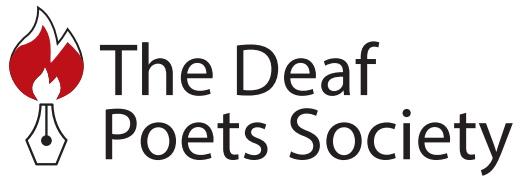Anthony Tusler
About the Artist
Anthony Tusler is a writer, photographer, consultant, trainer, and advocate on disability issues. He was the founding Director of the Disability Resource Center at Sonoma State University for 22 years. He co-curated probably the first fine art show, D&A2, that had disability as its explicit subject matter. He has helped to launch a number of non-profits, including the Institute on Alcohol, Drugs, and Disability, Community Resources for Independence, Disability Associates, and the National Center on Disability and Journalism. His photographs are currently featured at the Ed Roberts Campus, Berkeley, and numerous independent living centers across the United States. He is the co-founder of Disability Arts: Bay Area.
artist statement
All day, everyday, I use a power wheelchair to get around. How can I have a smile on my face and appear so optimistic? It is because my days are ordinary. I do the same things and have the same concerns as just about everyone has. What am I going to have for lunch? Did I pay this month’s credit card bill? What’s burning on my to-do list? How am I going to advance my career? Etc., etc., etc.
My disability experience consciously guides my photographs of people in the disability community, showing the ordinariness of our lives. The images become remarkable because we rarely get to see Disabled people living their lives without imposed stereotypes. We are exposed to disability through stock photos used on the internet or print. At best, these photos of people with disabilities reflect our desire to see them as heroic and persevering. At worst, there are all-too-common photos show non-disabled models using archaic equipment.
Little by little, I have found ways to appreciate and create images that explain disability and the disability experience. I understand disability as a natural aspect of being human without ignoring the positives and negatives of being a member of a marginalized group. My photos explore disability from a visual perspective that violates the “thou shalt not stare” rules.
Art has allowed me as a disabled person to document that which has not been documented. The realities of disability often go unnoticed. Rarely does anyone within or outside the disability community recognize the sights and experiences that make up the disability experience. Often, we are the proverbial swan gliding by while paddling like mad below the waterline. The disability stereotypes of inspiration and tragedy so often make up images of disabled people, not the mundane that makes up the warp and woof of our lives.
I have focused on taking disability-themed photographs to gauge people’s responses, advance a better understanding of disability, and perhaps change the world.






